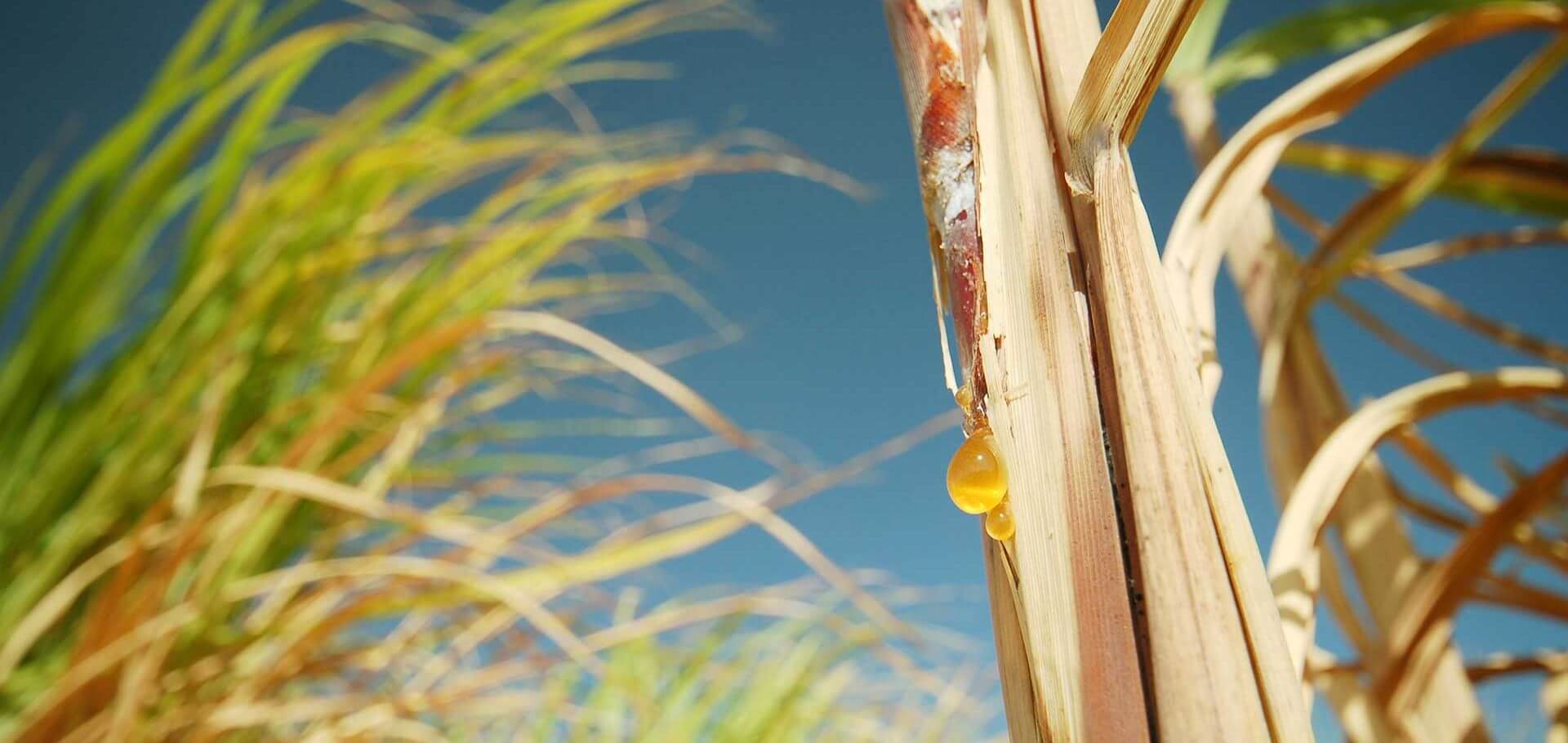If you like to cook from scratch, you’ve probably noticed how much gets thrown away. Stems, seeds, leaves, skin—all end up in the rubbish bin or the disposal. But what if you could eliminate most of that kitchen waste? What if it could be put to good use?
There is such a variety of food available today that it sometimes can be difficult deciding what to eat. This abundance is the result of modern advances in farming productivity and global distribution systems. But it might not last forever. Worldwide, arable land is expected to decrease even while the planet’s population continues to grow rapidly. If we want people to continue to eat well, we must revolutionize the global food system.
Could eliminating waste be part of the solution? The process of food production creates many by-products. Some, like kitchen waste, are simply discarded. Many things, however, can be put to good use in the form of fertilizer, or animal feed. These are called co-products. Molasses, for example, is a co-product of making sugar. Sugar cane molasses is used in some regions to make the Ajinomoto Group’s signature product, umami seasoning. In others, cassava starch is used instead.
Ajinomoto Group believes many “inedible” by-products can also be converted into edible co-products. Alternatives to molasses and cassava starch could reduce waste and competition for edible resources. That’s why we are investigating the feasibility of deriving amino acids or glutamate from rice straw and bagasse (sugarcane fibers). The results from a study in Thailand, where rice straw was substituted for cassava, were very promising. Soon, this may free up more cassava for human consumption.
What people consider edible has changed over time and varies by region. For centuries, oats were considered fit only for horses. Today, grape leaves are discarded everywhere but in the Eastern Mediterranean, where they’re traditionally eaten stuffed with rice. Solving our food crisis will mean looking at our food from a different perspective and sometimes trying something new.

